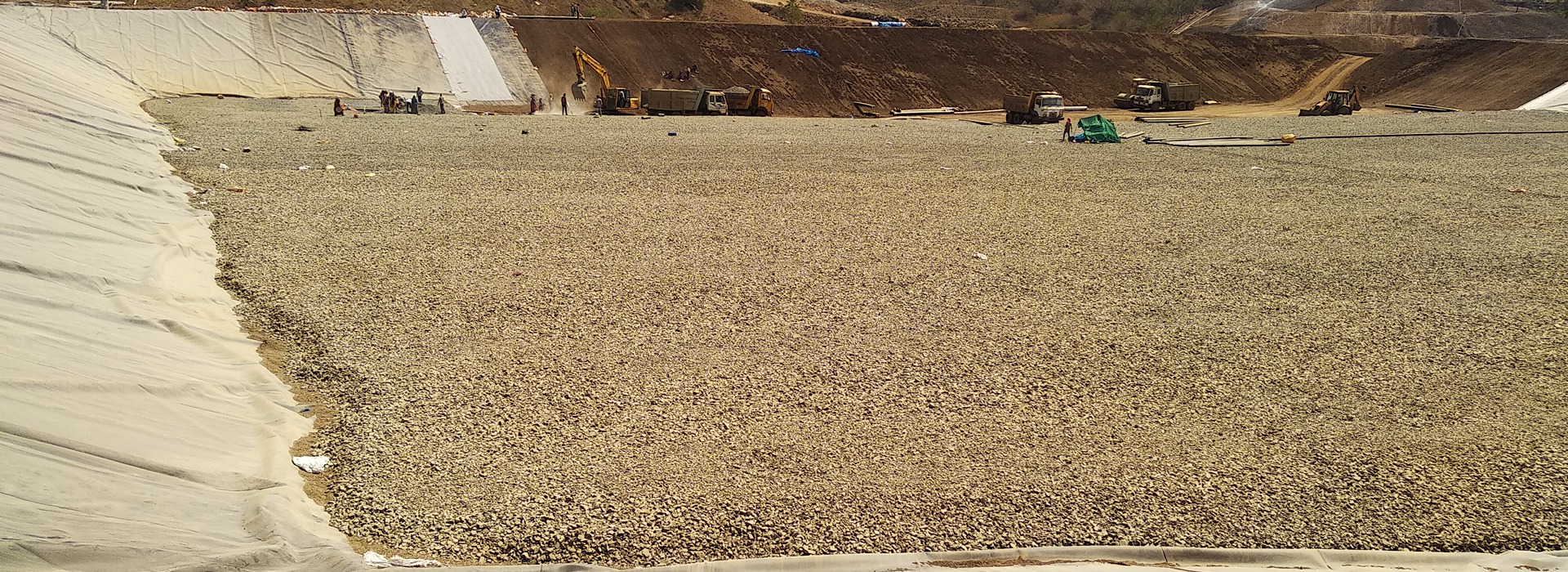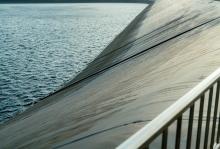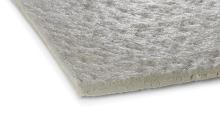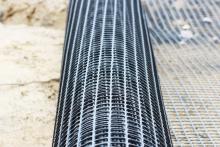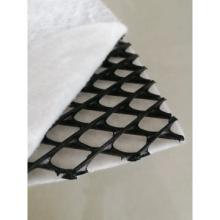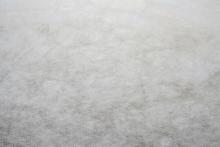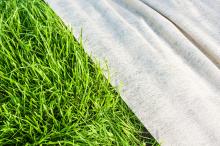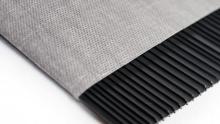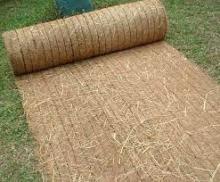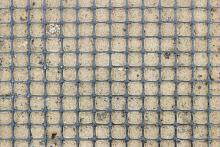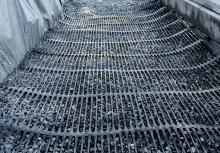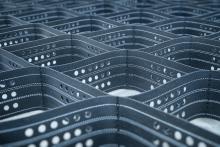Geo-synthetics Applications
Garware's HDPE Geomembrane is a high-quality, low-permeability synthetic membrane liner that is used to control the migration of fluids (liquids or gases) in various geotechnical engineering projects. This versatile product is designed to provide reliable barrier protection and prevent leaks, making it ideal for a range of applications.
Made from high-density polyethylene (HDPE) material, Garware's Geomembrane is extremely durable and resistant to punctures, tears, and chemical degradation. It offers exceptional performance in harsh environmental conditions and is suitable for use in both underground and above-ground applications.
Made from high-density polyethylene (HDPE) material, Garware's Geomembrane is extremely durable and resistant to punctures, tears, and chemical degradation. It offers exceptional performance in harsh environmental conditions and is suitable for use in both underground and above-ground applications.
Garware's Geosynthetic Clay Liners (GCLs) are highly effective hydraulic barriers that are designed to provide superior containment and control of fluid migration in geotechnical engineering projects. These factory-manufactured liners consist of a layer of bentonite or other low-permeability material that is supported by geotextiles and/or geomembranes.
The layers of the GCL are mechanically held together by a combination of needling, stitching, or chemical adhesives, creating a highly durable and effective barrier. Garware's GCLs are constructed to withstand harsh environmental conditions and are highly resistant to punctures, tears, and chemical degradation.
The layers of the GCL are mechanically held together by a combination of needling, stitching, or chemical adhesives, creating a highly durable and effective barrier. Garware's GCLs are constructed to withstand harsh environmental conditions and are highly resistant to punctures, tears, and chemical degradation.
Garware Geonets are high-performance geosynthetic materials that consist of integrally connected parallel sets of ribs overlying similar sets at various angles for in-plane drainage of liquids or gases. These three-dimensional, honeycomb-like structures are made of high-density polyethylene (HDPE) or polypropylene (PP) and provide excellent filtration and drainage capabilities in various geotechnical applications, including landfill drainage, erosion control, and soil stabilization. Garware Geonets are lightweight, flexible, and easy to install, making them a cost-effective solution for a wide range of civil engineering and environmental projects.
A drainage geocomposite is a geosynthetic material made by laminating a geonet with one or two layers of geotextiles on one or both surfaces. It is designed to provide both filtration and drainage functions in a single product. The geotextiles act as filters, preventing soil particles from clogging the geonet, while the geonet provides a path for the flow of water or gases.
Garware Nonwoven Geotextiles are high-performance geosynthetic materials that are manufactured using nonwoven materials. These materials are designed to be permeable and are used in conjunction with soil, rock, or other geotechnical materials as an integral part of a civil engineering project or system. Garware Nonwoven Geotextiles offer excellent filtration, separation, and drainage properties, making them ideal for a wide range of applications, including road construction, landfill and waste containment, erosion control, and many others.
Garware Woven Geotextiles are high-performance geosynthetic materials woven from polypropylene or polyester yarns/fibers that are designed to provide superior mechanical strength and durability. They are made by interlacing two or more sets of yarns or filaments at right angles to each other, creating a stable fabric structure that resists deformation and withstands high loads.
Prefabricated Vertical Drains (PVDs), also referred to as Wick Drains or band drains, are highly effective geosynthetic solutions used in soil consolidation and ground improvement projects. These drains consist of plastic strips with molded channels that are wrapped in geotextile filter fabric, allowing for efficient water drainage while preventing soil particles from clogging the channels.
Garware's Erosion Control Matting is a highly effective and durable rolled erosion control product designed to stabilize soil and prevent erosion. This erosion control blanket promotes vegetation growth by providing a conducive environment for seed germination and growth. The matting is made from high-quality materials and is engineered to withstand harsh environmental conditions.
A geogrid is a type of geosynthetic material made of polypropylene polymers that is used to provide reinforcement and stabilization to soils. Specifically, biaxial geogrids offer strength and stability in two directions, making them ideal for a wide range of civil engineering applications, including soil stabilization, retaining walls, and pavement reinforcement. These geogrids are made from high-strength materials that are resistant to damage from weather and other environmental factors, ensuring long-lasting performance in a variety of conditions.
Uniaxial geogrids are geosynthetic materials designed to carry high tensile loads applied in one direction, along the roll length. They are engineered with an open aperture structure that interlocks with the fill material to provide superior load transfer from the soil to the geogrid. This makes them an excellent choice for applications where stabilization and reinforcement of soil are necessary, such as in the construction of roads, embankments, and retaining walls.
Geocells are three-dimensional honeycomb-like structures made from strips of polymeric material connected at regular intervals to form a cellular grid. They are used as an effective solution in construction to reduce erosion, stabilize soil, protect channels, and provide structural reinforcement for load support and earth retention.
